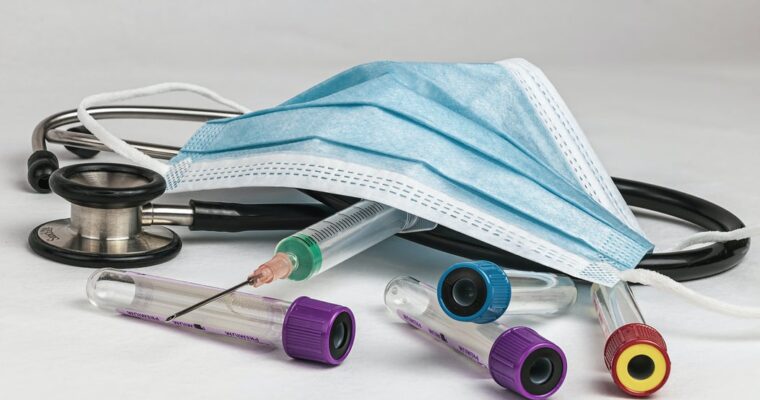Medical Waste Disposal Containers – And Their Corresponding Waste
Hospitals are a breeding ground for bacteria, viruses, and disease if cleaning practices aren’t put in place. This is why hospitals will look for companies that provide hospital cleaning in Los Angeles, CA, or these services within the local area, so they can keep on top of necessary cleaning and make sure it is safe for staff, patients, and visitors. To keep things simple, there is also a universal color code for what sort of waste goes in what container; we will cover this in detail throughout this article.
Hospital waste management is important to stop the spread of infectious diseases such as MRSA and more prevalently, COVID-19. People in charge of hospital waste management will need to provide cleaning chemicals, correct PPE, cleaning equipment, medical waste disposal containers, and provide ample training.
Why Use Colored Medical Waste Disposal Containers?
The primary reason that medical waste disposal containers are used in hospitals is to differentiate between the various biomedical wastes. This is important because different waste is disposed of differently and poses different risks.
Red
These bins hold anatomical waste, that is, body parts, organs, blood bags, and anything contaminated with these. Anatomical waste can carry a whole host of diseases from HIV to hepatitis, therefore, this form of waste is incinerated. People who handle the waste would wear protective PPE.
Orange
The orange containers correspond to “clinical and infectious waste”. This type of waste includes anything that could pose a risk to the public or the environment if not disposed of correctly. This waste includes masks, dressings, paper towels, contaminated swabs, gloves, aprons, and dressings.
Yellow
Similar to orange, these are for “clinical and highly infectious waste”. In these types of bins, you also often find various contaminated sharps. The reason that they are kept in a hard container is so that the disposal team knows that they could be at risk of infectious stick injuries. Needles can carry all sorts of infectious diseases and viruses.
Blue
This medicinal waste stream is for non-hazardous medicines and denatured drugs that need disposing of. Waste in this category requires incineration, which ensures the peace and mind of public safety. Pharmaceutical waste cannot be left around in a landfill for anyone to find.
Purple
This color bin holds waste consisting of cytotoxic residue and any materials contaminated by it. Cytotoxic products are often used to treat cancers and other diseases. Exposure to cytotoxic waste is extremely hazardous when unintended. Side effects can include abdominal pain, vomiting, liver damage, fetal loss, or malformations in unborn children.
White
White relates to dental and amalgam waste. Amalgam is often found in dental fillings and can be extremely potent in the wrong situations. The reason it is harmful to humans and the environment is because of its mercury content.
Black
Black is simple as it pertains to generic waste that is not contaminated in any way. This type of waste would be sent to the usual bin collection company.
These are the colors that you would find within the hospital waste management system. Hospital waste management is important for the protection of human health and the environment. Keeping clean is even more essential given the current pandemic – the next time you take an unfortunate visit to the hospital, keep your eyes peeled for good practice.






